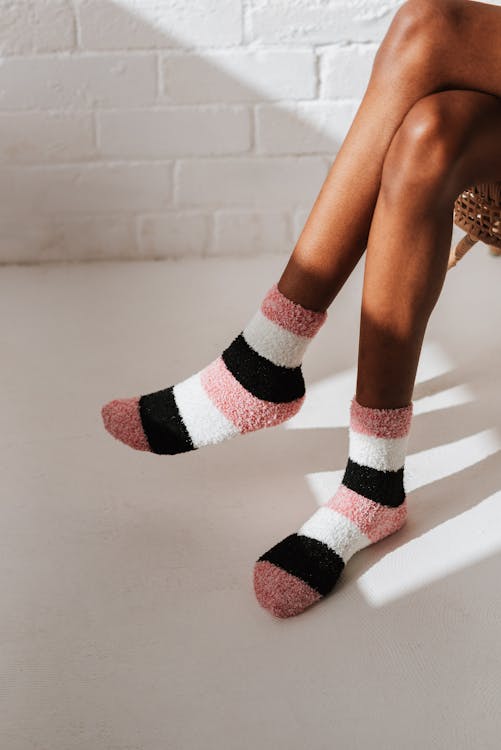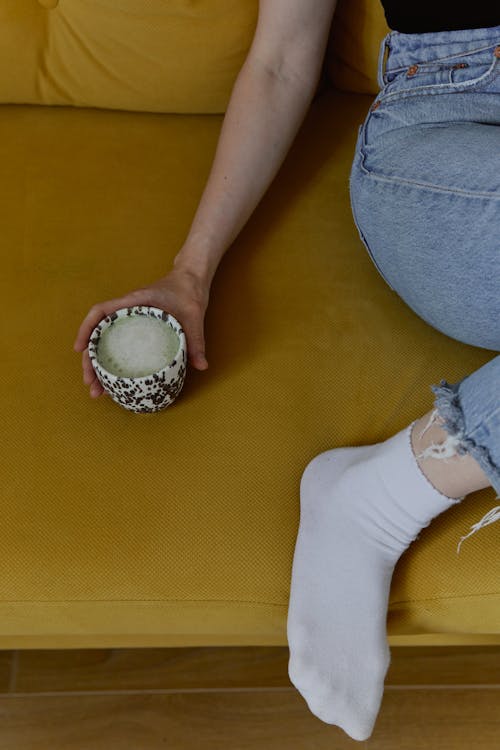Socks are an essential part of our daily attire, providing comfort, warmth, and protection to our feet. However, one common frustration many people face is the premature development of holes in their socks. These unsightly holes not only affect the aesthetics of our footwear but also reduce the longevity of our socks. If you're tired of constantly having to replace your socks due to holes, this comprehensive guide will provide you with valuable insights and practical tips on how to prevent socks from getting holes.
Understanding the Causes of Holes in Socks
Before diving into prevention strategies, it's important to understand the root causes of holes in socks. By addressing these causes, you can take proactive steps to extend the lifespan of your socks.
Friction and Wear: The constant rubbing of your feet against the insides of your shoes can lead to friction, which weakens the fabric of your socks over time.
Low-Quality Fabrics: Socks made from inferior materials are more prone to wear and tear. Thin or low-quality fabrics can develop holes more quickly than durable alternatives.
Incorrect Shoe Size: Wearing shoes that are too tight can cause extra pressure on specific areas of your socks, leading to thinning and eventually holes.
Long Toenails: Sharp or untrimmed toenails can create small punctures in the sock fabric when your feet are in motion.
Washing and Drying Techniques: Rough washing and drying methods, such as using hot water, harsh detergents, or high heat, can weaken the sock fibres and cause them to break down faster.

Effective Strategies to Prevent Holes
Now that we have a clear understanding of why socks develop holes, let's explore practical strategies to prevent them:
Invest in High-Quality Socks: Opt for socks made from durable and high-quality materials. Look for options that incorporate reinforced heels and toes, as these areas are particularly prone to wear. Investing a little more in better socks can significantly extend their lifespan.
Trim Toenails Regularly: Keep your toenails short and well-maintained to prevent accidental punctures in the sock fabric. Dull the edges of your toenails to minimise their potential to cause friction against the sock material.
Choose the Right Shoe Size: Wear shoes that fit you properly and provide enough room for your feet. Shoes that are too tight can put excessive pressure on your socks, leading to thinning and holes.
Rotate Your Socks: Avoid wearing the same pair of socks multiple days in a row. Rotating your socks allows each pair to rest and recover, reducing the wear and tear caused by continuous use.
Wash with Care:Follow proper washing techniques to maintain the integrity of your socks:
Use Mild Detergent: Opt for a mild detergent that is gentle on fabrics.
Wash in Cold Water: Cold water helps prevent the breakdown of sock fibers.
Avoid Bleach: Bleach can weaken fabrics and lead to holes.
Gentle Drying: When drying your socks:
Air Dry: Whenever possible, air dry your socks instead of using a dryer.
Low Heat: If you use a dryer, choose the lowest heat setting to minimize fiber damage.
Consider Sock Liners: Sock liners, also known as inner socks, can provide an extra layer of protection against friction between your feet and the outer socks. This can reduce the wear on your socks' fabric.
Address Foot Moisture: Excess moisture can weaken sock fibers. Keep your feet dry through breathable footwear and moisture-wicking socks, which can reduce the chances of socks wearing out quickly.

Inspect and Mend: Regularly inspect your socks for signs of thinning or small holes. Address these issues promptly by mending them to prevent the holes from getting larger.
Follow Manufacturer's Guidelines: Pay attention to any care instructions provided by the sock manufacturer. Different materials may require specific care methods to maintain their longevity.
Conclusion
With a little care and attention, you can significantly extend the lifespan of your socks and prevent those frustrating holes from forming. By understanding the causes of sock holes and implementing the preventive strategies outlined in this guide, you can enjoy comfortable and long-lasting socks that complement your everyday attire. Remember, the key lies in investing in quality, maintaining proper foot hygiene, and adopting gentle washing and drying practices. Your socks will thank you with a longer life and improved durability.

